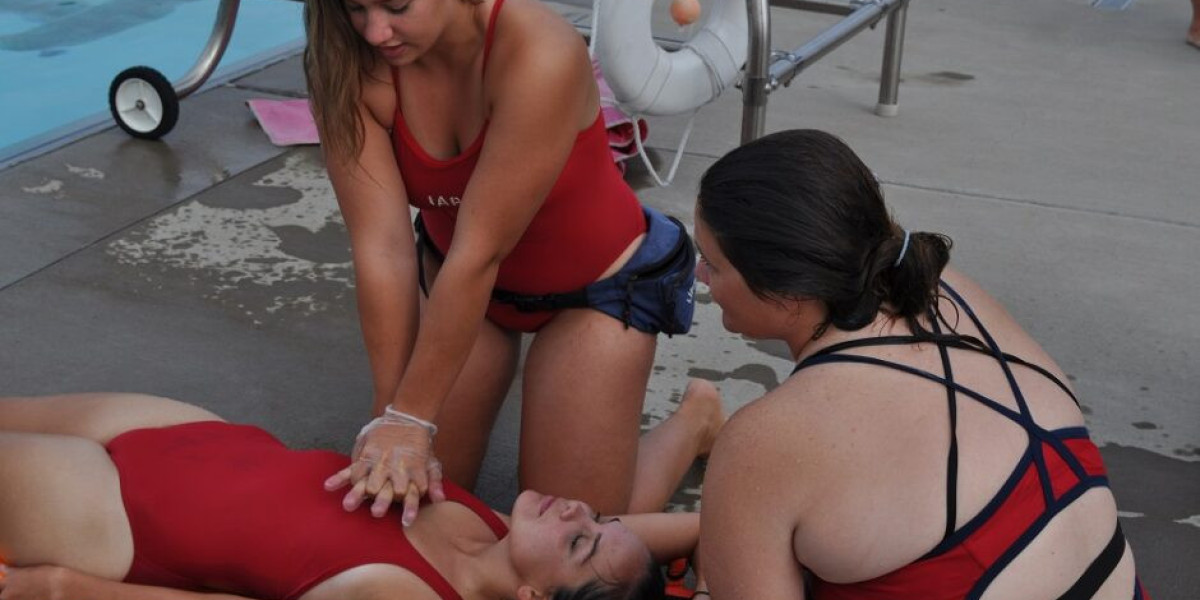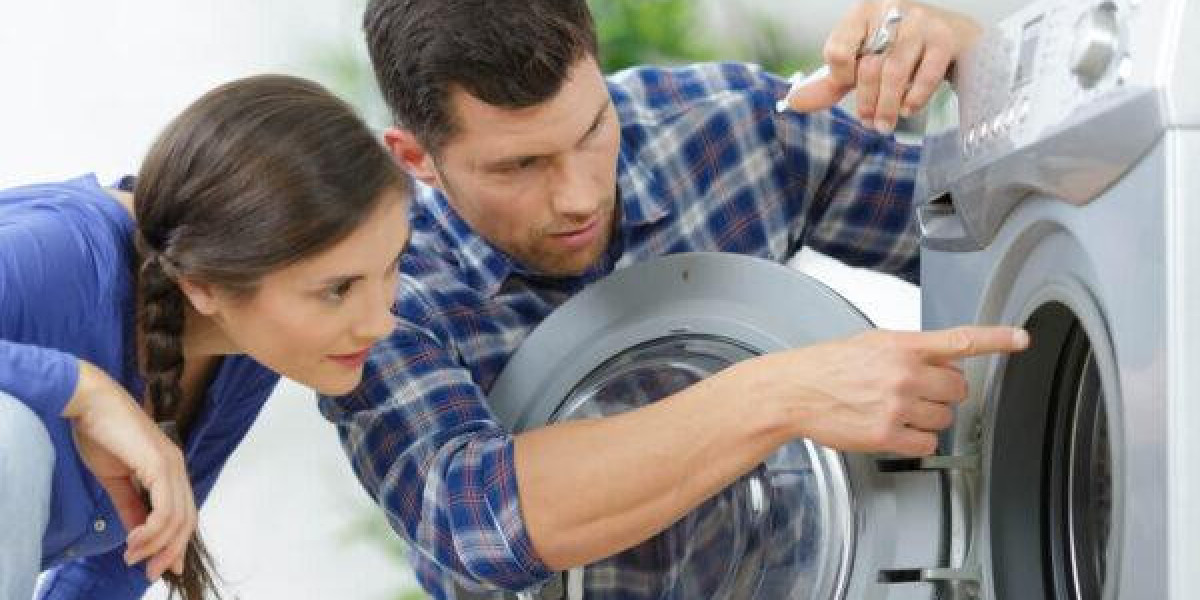When it comes to enjoying sunny days at the pool or beach, safety should always be a top priority — especially for families with children. Lifeguards are a critical part of the safety net at aquatic environments, but they are not a replacement for parental supervision. Understanding lifeguard safety protocols, their responsibilities, and your role as a parent can help prevent accidents and ensure a fun, worry-free experience. Here’s what every parent should know:
1. Lifeguards Are Not Babysitters
Explanation:
Many parents assume that a lifeguard on duty means their child is completely safe in the water. While lifeguards are trained professionals who monitor swimmer safety, they are responsible for large areas and many people. Their role is to prevent and respond to emergencies, not to supervise individual children. Parents should remain actively involved and keep a close eye on their kids at all times — especially younger children and weak swimmers.
2. Know the Lifeguard-to-Swimmer Ratio
Explanation:
The effectiveness of a lifeguard can be limited if they’re responsible for too many swimmers. A safe and manageable lifeguard-to-swimmer ratio varies by location, but generally speaking, one lifeguard should not be watching more than 25-30 swimmers in high-risk environments. At the beach, this number could be higher due to the vast areas being monitored. If you feel the area is overcrowded, take extra precautions, such as keeping children in shallower water and staying within arm’s reach.
3. Understand Lifeguard Signals and Rules
Explanation:
Lifeguards use a variety of visual and audible signals to communicate with swimmers and other staff. These may include whistles, flags, or hand gestures. Parents should familiarize themselves and their children with these signals and encourage their kids to obey lifeguard instructions at all times. Posted rules are there for a reason — they reflect known hazards in the area and help prevent injuries.
4. Observe Lifeguard Behavior
Explanation:
A well-trained, attentive lifeguard is constantly scanning the water, rotating positions, and avoiding distractions. If a lifeguard appears distracted, is looking at their phone, or is engaged in long conversations, this is a red flag. Parents should feel empowered to report such concerns to facility management. Lifeguard attentiveness directly affects everyone’s safety.
5. Drowning Is Often Silent and Quick
Explanation:
Contrary to popular belief, drowning doesn’t always involve splashing and loud calls for help. It can happen silently and in under 30 seconds. This underscores the importance of “touch supervision,” where parents stay close enough to reach their child quickly. A moment’s distraction can be the difference between life and death — even in the presence of a lifeguard.
6. Enforce Swimming Skills and Safety Education
Explanation:
One of the most effective ways to protect your child is to ensure they have strong swimming skills. Enroll them in age-appropriate swim lessons and regularly review water safety rules. Teach them to recognize hazards such as rip currents, pool drains, and sudden drop-offs. Prepared swimmers are less likely to panic and more likely to respond appropriately in emergencies.
7. Know the Risks of Natural Water Environments
Explanation:
Beaches, lakes, and rivers present challenges that pools do not — such as unpredictable currents, uneven bottoms, debris, and limited visibility. Lifeguards at these locations often have specialized training, but their ability to respond quickly can still be hindered by environmental conditions. Parents should keep children close, avoid rough surf areas, and stay within designated swim zones.
8. First Aid and CPR Knowledge Can Save Lives
Explanation:
In emergencies, every second counts. While lifeguards are trained in CPR and rescue techniques, parents can be a critical first line of defense. Learning basic first aid and CPR can empower you to act while help is on the way. Many community centers and online programs offer these classes, and the knowledge gained can make a real difference in critical situations.
9. Be Mindful of Fatigue and Sun Exposure
Explanation:
Children playing in the sun and water for hours may become tired or dehydrated, increasing their risk of accidents. Tired swimmers are less coordinated and more likely to get into trouble. Ensure your children take regular breaks, drink plenty of water, and reapply sunscreen. A well-rested, hydrated child is a safer swimmer.
10. Check the Facility’s Safety Standards
Explanation:
Before you settle in at a pool or beach, take a moment to evaluate the safety infrastructure. Is there a first aid station? Are lifeguards visible and alert? Are rescue equipment and flotation devices accessible? Parents should also check for clean and slip-resistant surfaces around pools and whether the facility enforces proper supervision and swim rules.
Conclusion: Shared Responsibility Ensures Safety
Lifeguards play a vital role in preventing accidents and responding to emergencies, but they are just one piece of the safety puzzle. As a parent, your awareness, supervision, and proactive involvement are essential. By understanding lifeguard duties, being alert to environmental risks, and preparing your child through swim education, you can greatly reduce the chances of water-related accidents.
Safety around water is not just a matter of luck — it’s a matter of vigilance, education, and teamwork. Always stay close, stay informed, and make water safety a family priority.








